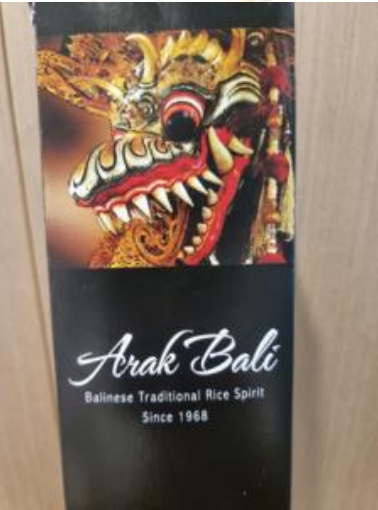The History of Arrack – By Randika Jayakody & Jerome Perera
 As lovers of Scotch whiskies, Belgian beers, wines, Mexican Mezcals and other spirits, we have always thought very highly of Ceylon Arrack. Arrack is produced by taking the raw ingredient of coconut palm liquid known as Toddy. Toddy tapping is an exquisite art involving the use of intricate instruments, blades, and ropewalking levels of skill simply to reach the palm. Incidentally, the art and science of toddy tapping is quite developed in South India and it is likely that these arts were transferred to Sri Lanka over millennia of cultural exchange between the regions.
As lovers of Scotch whiskies, Belgian beers, wines, Mexican Mezcals and other spirits, we have always thought very highly of Ceylon Arrack. Arrack is produced by taking the raw ingredient of coconut palm liquid known as Toddy. Toddy tapping is an exquisite art involving the use of intricate instruments, blades, and ropewalking levels of skill simply to reach the palm. Incidentally, the art and science of toddy tapping is quite developed in South India and it is likely that these arts were transferred to Sri Lanka over millennia of cultural exchange between the regions.
Once tapped, the toddy is stored for a brief time before being distilled to produce a high alcohol liquid known as Arrack. The already fermenting toddy is often stored in Teak and Trincomalee Wood (Halmilla) which impart their own unique flavour to this fascinating spirit. Unlike many global spirits, such as whiskies, wines, and even some beers which are aged in oak barrels, Sri Lankan Arrack is aged in Halmilla barrels and aged for up to 15 years! Finally producing exquisite amber coloured Arracks of great nuance and complexity.
Considering the incredible diversity of environments on the islands of Sri Lankan the importance of “terroir“ and soil influencing the flavour of arrack should also be considered an important part of the uniqueness of this spirit.
Arrack is a uniquely Sri Lankan drink that also connects our islands to the entire world through its history, production, and consumption. The term Arrack itself is thought to come from the Arabic
term Araq عرقwhich roughly translates as “perspiration” and hints at the ancient Arabian science of refining distillation. It is noteworthy that descendants of these ancient Arabs travelled to and settled in ancient Ceylon, becoming the ancestors of the Ceylon Moor community.
But it is little known that Arrack is a common spirit throughout South East Asia, the Middle East as well. In Lebanon it is known as Arak and distilled from dates and figs, In the Philippines, it is known as Alak and distilled from palm sap.
In Indonesia it is known as Arrack (pictured above) is distilled from rice and sugarcane and widely consumed. Arrack connects Sri Lanka to the Ancient Arabian communities of the Middle East, Philippines as well as Indonesia. All these regions have featured prominently in the genetic and ethnic makeup of Modern Sri Lanka.
Like with many cultural artefacts in Sri Lanka, little recognition is given to the uniqueness of Sri Lankan Arrack and its place as a global spirit. Often hypocritically viewed with simultaneous disdain and used as an intoxicant, this unique spirit is yet to gain the global recognition it deserves. I hope to one day see Ceylon Arrack receive the recognition for the unique global spirit that it is.
 Randika Jayakody & Jerome Perera
Randika Jayakody & Jerome Perera
Among Randika and Jerome’s many interests is a deep passion to understand Sri Lankan history and culture.







